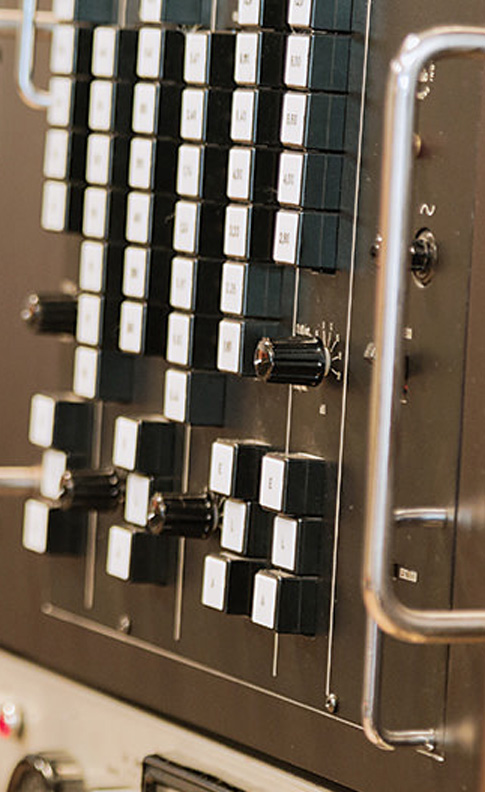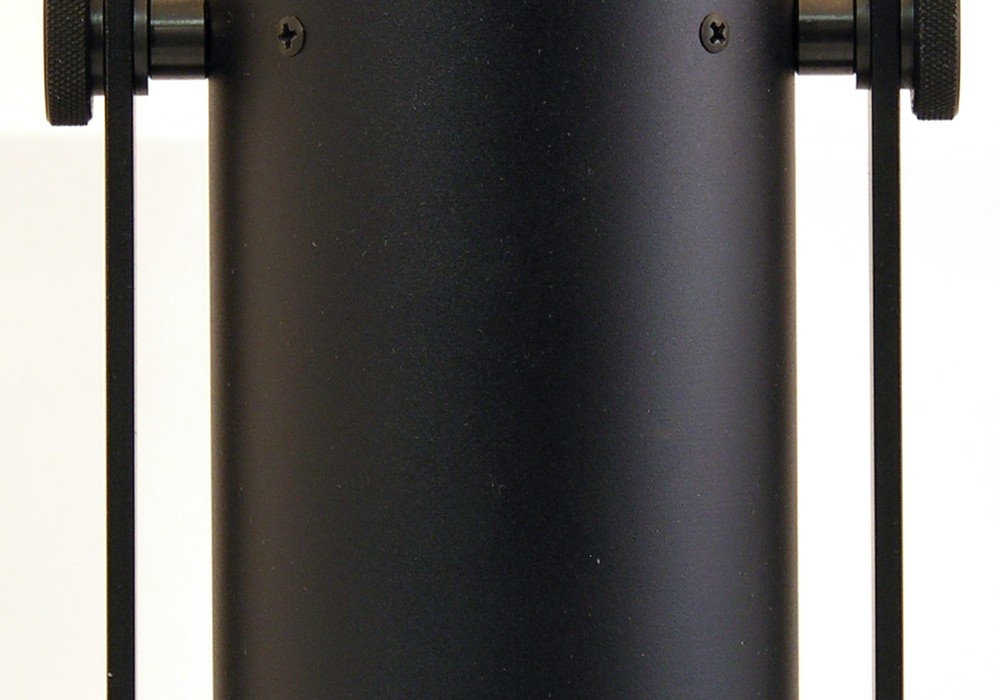sE Electronics, at just under two decades old, has become well known in the microphone field, with over 25 models in production. The attention to detail and build quality of the microphones they produce in their own factory reflect the values of the family-owned company. Recently I tried out sE's new V PACK ARENA package of drum mics, which consists of one V KICK kick drum mic, three V BEAT tom mics, one V7 X snare mic, and a pair of sE8 small diaphragm condenser mics. The V BEAT mics are paired with sE's V CLAMPs, which allow the compact mics to be securely attached to any snare or tom rim. The set of mics and clamps ships in a custom, heavy duty molded plastic flight case (available separately). sE will be offering two additional bundles by the time this review is published: V PACK CLUB and V PACK VENUE – slimmed-down versions of the V PACK ARENA at lower price points, containing fewer / different mics.
Each V series dynamic mic utilizes various versions of sE's newly designed DMC7 X capsules, which feature aluminum voice coils. These dynamic mics also utilize a patented internal shock mounting system so that mechanical vibrations are not transmitted to the capsule. The all-metal mics have a spring steel grill, gold-plated XLR connectors, and a signature red internal windscreen that subtly peeks through the mesh grill.
I'll start with the star of the show, the V KICK, and I would suggest this mic to anyone in need of a new kick mic. The compact V KICK is approximately 2.5 inches long and 5 inches tall, including its integrated swiveling stand mount. The mic is slightly smaller and lighter than a Shure Beta 52, thus slightly easier to place in tight spots. You'll notice two slide switches on the rear of the V KICK's body. The left-hand switch selects between Classic or Modern low-mid frequency contours, and the right-hand switch changes between a Classic or Modern high frequency EQ contour. Choosing both Modern settings will provide a hyped low end (below 100 Hz), a scooped midrange, and a hyped top from 5 kHz and up. Choosing both Classic settings yields the same boosted lows, a flat midrange, and a hyped top end that peaks around 4 kHz and rolls off about 10 dB per octave above 5 kHz. Mixing and matching settings of the two voicing switches can provide four distinct tonalities, each with a solid bottom but varying degrees of midrange, high-mid, and high frequency presence.
Over the course of six recording sessions, I placed the V KICK on a short stand and slid it just inside the hole in the front head. On a variety of pop rock, blues rock, and fusion projects I found that the Modern/Modern settings never failed to please me. For a soul or traditional jazz record, the Classic midrange response would probably be more appropriate. I typically supplement my inside kick mic with a large diaphragm FET mic placed out in front of the resonant head for extra low end punch (as I did for these recordings), but I didn't wind up using the FET mic for my mixes, as the V KICK provided all the low end, body, and clarity that I needed. Every drummer I recorded was pleased with their kick sound, and a few asked specifically about my setup – the V KICK really made me look like I knew what I was doing!
For snare, I tried both the V7 X and the V BEAT on the top head and one sE8 on the bottom head. I found the V7 X and V BEAT to have a similar sound, with the physical advantage going to the V BEAT due to its V CLAMP integrated mounting clip and its slightly more prominent low end. The V BEAT exhibits a pronounced low frequency proximity effect, which diminishes rapidly when moved more than 6 inches from the source. On close-mic'd snare, this broad low end boost really brought out the depth of the drum. Compared to a Shure SM57, the V BEAT and V7 X have fatter bottom ends with slightly less pronounced 5 kHz peaks. The sE mics also extend higher in frequency than the SM57s and seem to have a quicker transient response. If I had more than two toms on my sessions, I would have used the V7 X on snare, but with a small kit, the V BEAT worked well for snare. On one song I could hear wind noise created by the hi-hat pushing air into the side of the V BEAT. This was easily fixed by moving the V BEAT further away from the hat. The V CLAMP allowed the mic to be quickly repositioned, while a traditional boom stand may have prevented such easy re-positioning of the snare mic on a crowded drum kit.
The sE8 on the bottom snare really surprised me. I'm not typically a fan of condenser mics on the bottom of a snare – give me an SM57 on both top and bottom please –but the sE8 supplied not only a nice sizzley rattle but also a solid 100 Hz thump that gave the snare a classic rock 'n' roll sound. Luckily the sE8 provides a -10/-20 dB pad and an 80/160 Hz high-pass filter. I used the -20 dB pad to keep the SSL console preamp from overloading. The sE8 had no problem handling the SPL of the snare, and I will definitely try it on snare top next time I have a chance.
I placed V BEATs on rack and floor toms, where they also performed well. During mixing, I added a little top and bottom end to the tom mics but found I could easily dig out the tones I needed. I would have liked to try the V KICK on a floor tom, but I wasn't gonna move it from the kick drum!
Aside from tracking drums, I used the V BEAT and V7 X to record some electric guitar, and I would give both sE mics a slightly better grade than both my stock Shure SM57 and my Sennheiser MD 421. While the sE mics output an almost identical level as an SM57, the transient response of the sE is better, which gives the sE mics a more lively and dynamic sound. Additionally, the sE mics respond well to slight changes in position, so I could dial in large changes of low end girth by moving the mics closer or father from the cabinet. Both the V Beat and V7 X performed similarly, and I wouldn't hesitate to throw either mic in front of a guitar cab.
On acoustic guitar, the sE8 sounded very good. I pointed one where the neck and body meet, placed a few inches above and out in front of the neck. The sE8 produced full low mids and a clear top end, especially around 5 kHz. Unlike many inexpensive small diaphragm condensers, the sE8's high frequencies were smooth and not spitty or noisy. Compared to an AKG C451, the sE8 seemed to provide a smoother midrange, with less of that high frequency sizzle that sometimes sounds harsh on hard-strummed acoustic guitars. The two low cut filter options on the mic provided for a good range of low frequency sculpting for different acoustic guitar applications, but I didn't wind up using any pad or roll-off during my sessions. One of my all-time favorite small diaphragm condenser mics is the sE RN17 [Tape Op #86]. While the sE8 doesn't have quite the mojo of the RN17, it definitely holds its own against any small diaphragm condenser mic under $1000.
sE has packaged an array of very excellent drum mics in the V PACK ARENA kit, and the individual mics are also available á la carte for use on drums, guitars, horns, or any instrument you can throw at them.





_disp_horizontal_bw.jpg)